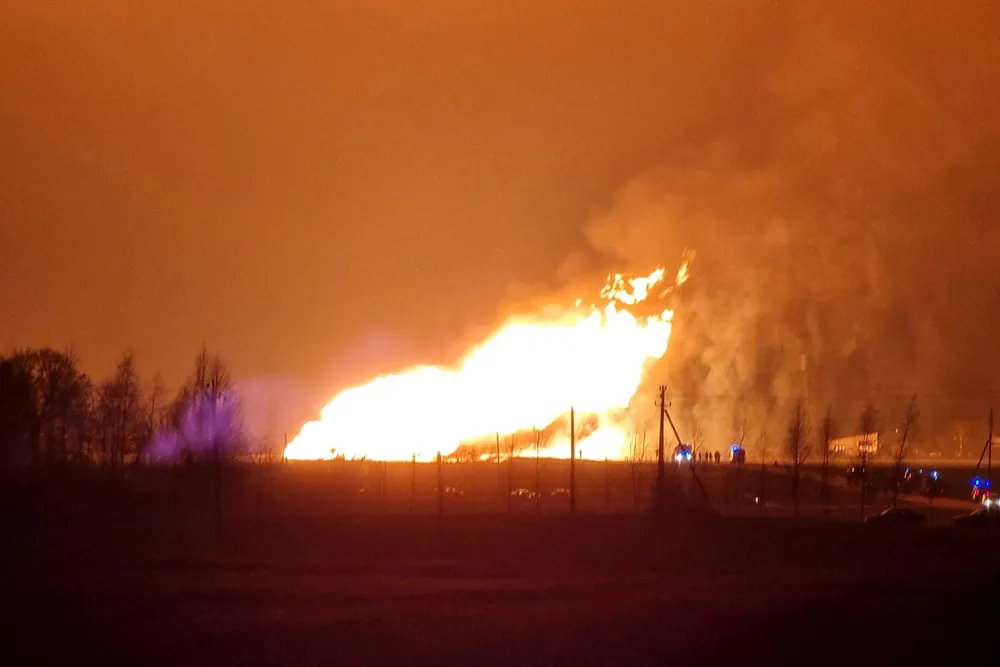Quick fix completed at gas pipeline incident in Lithuania
Transmission operator replaces ruptured segment of key regional pipeline and prepares to resume gas flows at full rate

Transmission operator replaces ruptured segment of key regional pipeline and prepares to resume gas flows at full rate
